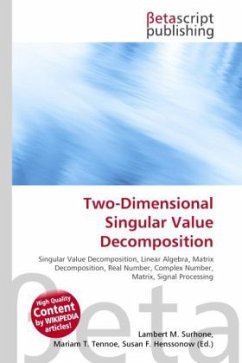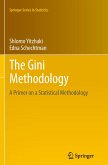This thesis is dedicated to the approximation of high-dimensional functions from scattered data nodes. Many methods in this area lack the property of interpretability in the context of explainable artificial intelligence. The idea is to address this shortcoming by proposing a new method that is intrinsically designed around interpretability. The multivariate analysis of variance (ANOVA) decomposition is the main tool to achieve this purpose. We study the connection between the ANOVA decomposition and orthonormal bases to obtain a powerful basis representation. Moreover, we focus on functions that are mostly explained by low-order interactions to circumvent the curse of dimensionality in its exponential form. Through the introduction of grouped index sets, we can propose a least-squares approximation idea via iterative LSQR. Here, the grouped transformations provide fast algorithms for multiplication with the appearing matrices. Through global sensitivity indices we are then able to analyze the approximation which can be used in improving it further. The method is also well-suited for the approximation of real data sets where the sparsity-of-effects principle ensures a low-dimensional structure. In this setting, the global sensitivity indices may also help us in identifying important variables through a new method of attribute ranking. We demonstrate the applicability of the ANOVA approximation method in multiple numerical experiments with real and synthetic data.








